

Articles
How To Store Japanese Cheesecake
Modified: February 27, 2024
Looking for articles on how to store Japanese cheesecake? Find expert tips and tricks to keep your fluffy and delicious dessert fresh for a longer time.
(Many of the links in this article redirect to a specific reviewed product. Your purchase of these products through affiliate links helps to generate commission for Storables.com, at no extra cost. Learn more)
Introduction
Japanese cheesecake is a delicate and creamy dessert that has gained popularity for its light and fluffy texture. Made with a combination of cream cheese, eggs, sugar, and a touch of flour, this delectable treat requires proper storage to maintain its freshness and flavor. In this article, we will explore the best practices for storing Japanese cheesecake to ensure its longevity and delightful taste.
Whether you have purchased a store-bought Japanese cheesecake or have made one at home, these storage tips will help you keep your cheesecake fresh and delicious for an extended period. From choosing the right container to properly refrigerating and freezing the cheesecake, we have got you covered.
So, let’s delve into the world of Japanese cheesecake storage and find out how you can enjoy this delightful dessert for days to come.
Key Takeaways:
- Properly storing Japanese cheesecake is essential for maintaining its delicate texture and flavor. Choose the right container, wrap it tightly, and refrigerate or freeze it to enjoy this delightful treat for days to come.
- For long-term storage, slice and freeze individual portions of Japanese cheesecake. Use vacuum-sealed bags, label and rotate the cheesecakes, and reheat gently for a delightful treat anytime.
Read more: How To Store Cheesecake Factory Cheesecake
Choosing the Right Container
When it comes to storing Japanese cheesecake, selecting the right container is essential to maintain its shape and prevent any exposure to air or moisture. Here are a few considerations to keep in mind when choosing a container:
- Airtight and Leakproof: Opt for a container that is airtight and leakproof to prevent any air or liquid from seeping into the cheesecake. This will help maintain its texture and prevent it from drying out.
- Size: Choose a container that fits the size of your cheesecake snugly. This will prevent the cake from shifting or getting damaged during storage.
- Material: Glass or plastic containers with tight-fitting lids are ideal for storing Japanese cheesecake. These materials are non-reactive and will not affect the taste or quality of the cake.
- Depth: Ensure that the container has enough depth to accommodate any toppings or decorations on the cheesecake without smudging or getting squished.
- Non-Stick: Consider using a non-stick container to easily remove the cheesecake without causing any damage or stickiness.
By choosing the right container, you can ensure that your Japanese cheesecake remains in pristine condition and retains its delicious taste.
Wrapping and Sealing the Cheesecake Properly
After selecting the appropriate container, the next crucial step in storing Japanese cheesecake is to wrap and seal it properly. This step ensures that the cheesecake stays fresh and maintains its moisture. Follow these guidelines to wrap and seal your cheesecake effectively:
- Allow the Cheesecake to Cool Completely: Before wrapping, make sure that the cheesecake has completely cooled down. This step prevents condensation from forming inside the container.
- Use Plastic Wrap: Start by tightly wrapping the cheesecake with plastic wrap. Make sure it covers the entire surface of the cake and is pressed against the sides to prevent any air or moisture from entering.
- Double Wrap with Foil: After the initial wrapping with plastic wrap, wrap the cheesecake again with aluminum foil. This extra layer of protection helps prevent freezer burn (if freezing) and keeps the cake fresh (if refrigerating).
- Label the Container: To easily identify the cheesecake and keep track of its storage time, label the container with the date of preparation or purchase.
- Place in a Plastic Bag (Optional): If you are storing the cheesecake in the freezer, you can also place the wrapped cake in a sturdy, resealable plastic bag for an extra layer of protection against freezer odors.
By following these wrapping and sealing steps, you can ensure that your Japanese cheesecake stays moist, fresh, and unaffected by any external factors during storage.
Refrigerating the Cheesecake
Refrigeration is the most common method for storing Japanese cheesecake, especially for short-term storage. Follow these steps to properly refrigerate your cheesecake:
- Cool the Cheesecake: Allow the cheesecake to cool completely at room temperature before refrigerating. This process helps the cake set and prevents condensation from forming inside the container.
- Wrap and Seal: Follow the wrapping and sealing instructions mentioned earlier to protect the cheesecake from air and moisture.
- Place in the Refrigerator: Carefully place the wrapped and sealed cheesecake in the refrigerator. Choose a spot away from strong odors or foods that might transfer flavors to the cake.
- Store on a Flat Surface: Ensure that the cheesecake is placed on a flat surface in the refrigerator. This prevents any shifting or damage to the cake during storage.
- Keep Away from Moisture Sources: Avoid storing the cheesecake in the vicinity of fruits, vegetables, or foods with high moisture content. Excess moisture can affect the texture and quality of the cake.
- Refrigeration Duration: Japanese cheesecake can typically be refrigerated for up to 5 to 7 days. However, it is best to consume it within the first 2-3 days for the freshest taste and texture.
By following these refrigeration guidelines, you can enjoy the delightful taste of your Japanese cheesecake over several days while maintaining its freshness and texture.
Store Japanese cheesecake in an airtight container in the refrigerator to keep it fresh. You can also wrap it in plastic wrap and then foil before storing. This will help prevent it from drying out and absorbing other odors in the fridge.
Freezing the Cheesecake
Freezing is a great option if you want to store Japanese cheesecake for a longer period. Properly freezing the cheesecake will help it maintain its flavor and texture. Here’s how to freeze your cheesecake:
- Cool the Cheesecake: Allow the cheesecake to cool completely at room temperature before freezing. This step ensures that the cake sets properly.
- Wrap and Seal: Follow the wrapping and sealing instructions mentioned earlier, using plastic wrap and aluminum foil to protect the cheesecake from freezer burn.
- Place in Freezer-Safe Container: Once wrapped, place the cheesecake in a freezer-safe container. Make sure the container is airtight to prevent any freezer odors from affecting the cake.
- Label the Container: Clearly label the container with the date of freezing for easy identification later on.
- Freezing Duration: Japanese cheesecake can be stored in the freezer for up to 2 to 3 months. However, it is recommended to consume it within the first month for optimal taste and quality.
When you’re ready to enjoy your frozen Japanese cheesecake, follow the proper thawing methods to preserve its texture and taste.
Note: It’s important to note that freezing can slightly alter the texture of the cheesecake. While it will still be delicious, the consistency may be slightly denser compared to when it was fresh.
By following these steps, you can successfully freeze your Japanese cheesecake and have a delightful treat on hand whenever you crave it.
Read more: How To Store A Cheesecake
Thawing the Cheesecake Properly
Thawing the frozen Japanese cheesecake correctly is crucial to ensure that its texture remains intact and its flavors are preserved. Here’s the recommended method for thawing the cheesecake:
- Transfer to the Refrigerator: Remove the wrapped cheesecake from the freezer and place it in the refrigerator. Allow it to thaw gradually and evenly in the refrigerator.
- Thawing Duration: The cheesecake will typically take around 6 to 8 hours to thaw in the refrigerator. However, thawing times may vary depending on the size and thickness of the cake.
- Do Not Rush the Process: Avoid using other thawing methods such as microwaving or leaving it at room temperature. These methods can lead to uneven thawing, compromising the texture of the cheesecake.
- Keep it Wrapped: Maintain the cheesecake’s wrapping and seal during the thawing process to prevent any moisture loss or contamination.
- Bring to Room Temperature: Once the cheesecake has thawed in the refrigerator, let it sit at room temperature for about 30 minutes to an hour before serving. This will allow it to reach the ideal serving temperature.
It’s important to note that once the cheesecake has been thawed, it should not be refrozen. Consume it within the next couple of days for the best taste and texture.
By following these thawing guidelines, you can enjoy your Japanese cheesecake as if it were freshly made, with all its delightful flavors and velvety texture.
Tips for Long-Term Storage
If you are looking to store Japanese cheesecake for an extended period, such as for special occasions or future enjoyment, consider these tips for long-term storage:
- Wrap and Freeze in Individual Slices: Instead of freezing the entire cheesecake, slice it into individual portions before wrapping and freezing. This allows for easier thawing and reduces waste.
- Use Vacuum-Sealed Bags (Optional): For extra protection against freezer burn and to maintain the cake’s freshness, consider using vacuum-sealed bags instead of regular plastic wrap and foil.
- Label and Date: Always label each slice or container with the date of freezing to keep track of storage time. This ensures that you consume them within recommended timeframes.
- Rotate the Cheesecakes: If you have multiple cheesecakes stored in the freezer, make sure to rotate them periodically. This prevents the cheesecakes from staying in one spot for too long, which can lead to uneven freezer burn.
- Store Away from Odorous Foods: Keep the frozen cheesecakes away from strong-smelling foods in the freezer to avoid any cross-contamination of flavors.
- Properly Reheat (if desired): If you prefer enjoying the cheesecake warm, gently reheat individual slices in the oven or microwave, following appropriate heating instructions.
Following these tips for long-term storage will help you maintain the quality and taste of your Japanese cheesecake, ensuring a delightful treat whenever you decide to indulge.
Conclusion
Proper storage is key to maintaining the freshness, flavor, and texture of Japanese cheesecake. Whether you’re storing it for a few days or for a longer period, following the right methods will ensure that your cheesecake remains a delightful treat until you’re ready to enjoy it.
Choosing the right container, wrapping and sealing the cheesecake properly, refrigerating or freezing it, and thawing it correctly are all crucial steps in preserving the taste and quality of Japanese cheesecake.
Remember to select an airtight and leakproof container, wrap the cheesecake tightly with plastic wrap and foil, and label it with the storage date. When refrigerating, place it in a flat spot away from moisture sources. For freezing, use a freezer-safe container and label it accordingly.
When you’re ready to indulge, thaw the cheesecake slowly in the refrigerator, allowing it to reach room temperature before serving. If storing for a longer period, consider slicing the cheesecake into individual portions and using vacuum-sealed bags for better preservation.
Following these guidelines will help ensure that your Japanese cheesecake maintains its light and fluffy texture, creamy flavor, and overall deliciousness. Whether you’re enjoying it as a dessert or sharing it with loved ones, proper storage will guarantee an exceptional culinary experience.
So, next time you have a Japanese cheesecake on hand, apply these storage tips and savor every delightful bite, knowing that your cheesecake is as fresh and delicious as can be.
Frequently Asked Questions about How To Store Japanese Cheesecake
Was this page helpful?
At Storables.com, we guarantee accurate and reliable information. Our content, validated by Expert Board Contributors, is crafted following stringent Editorial Policies. We're committed to providing you with well-researched, expert-backed insights for all your informational needs.
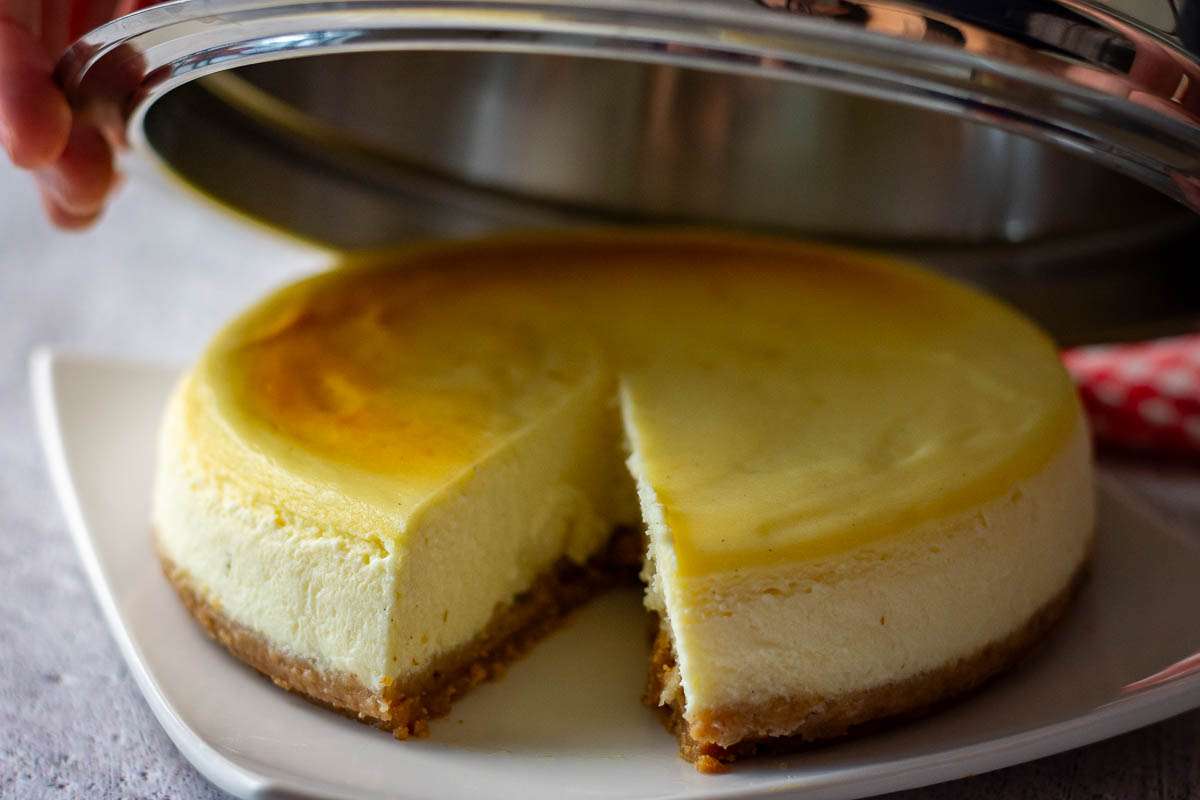
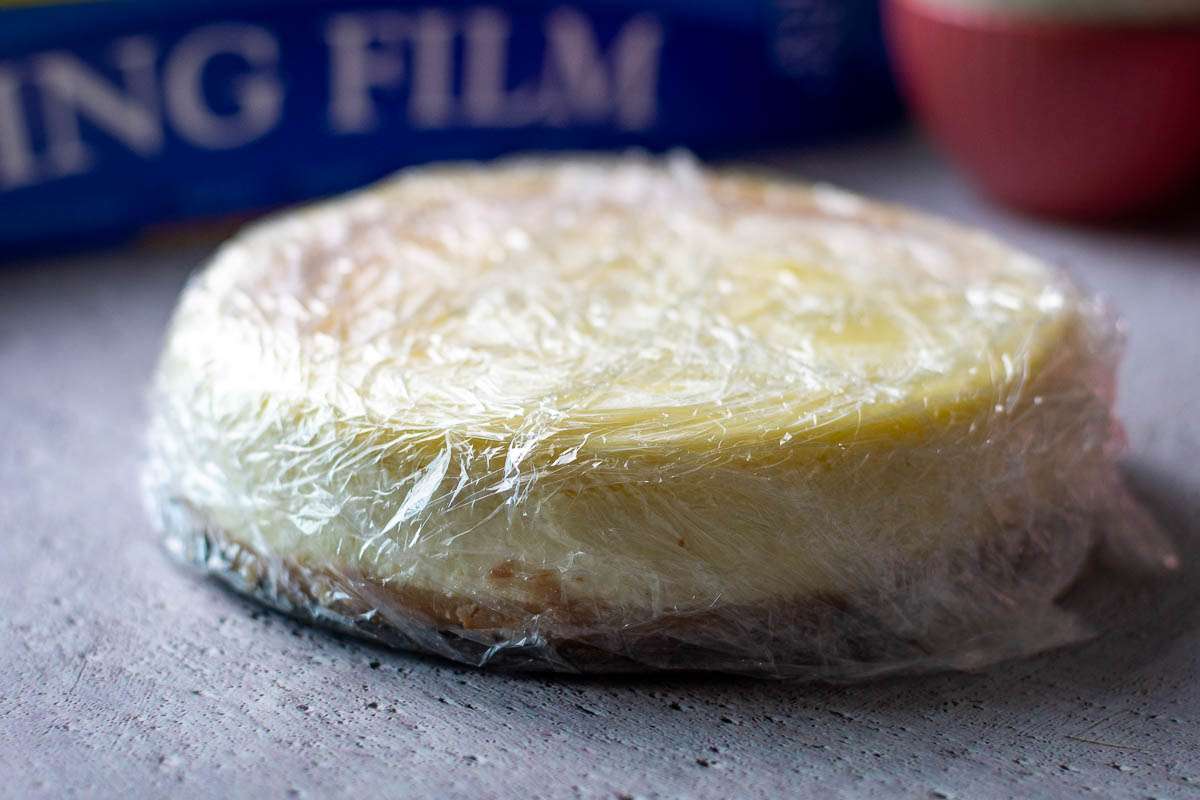
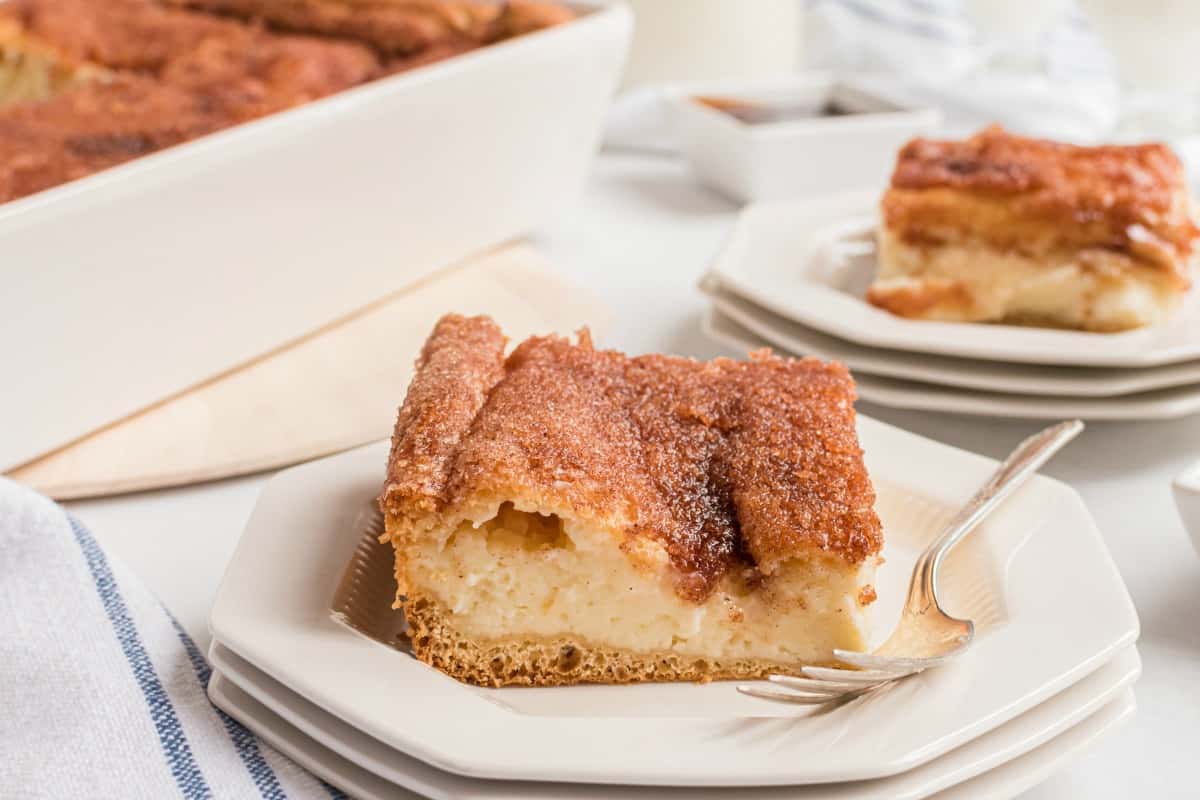
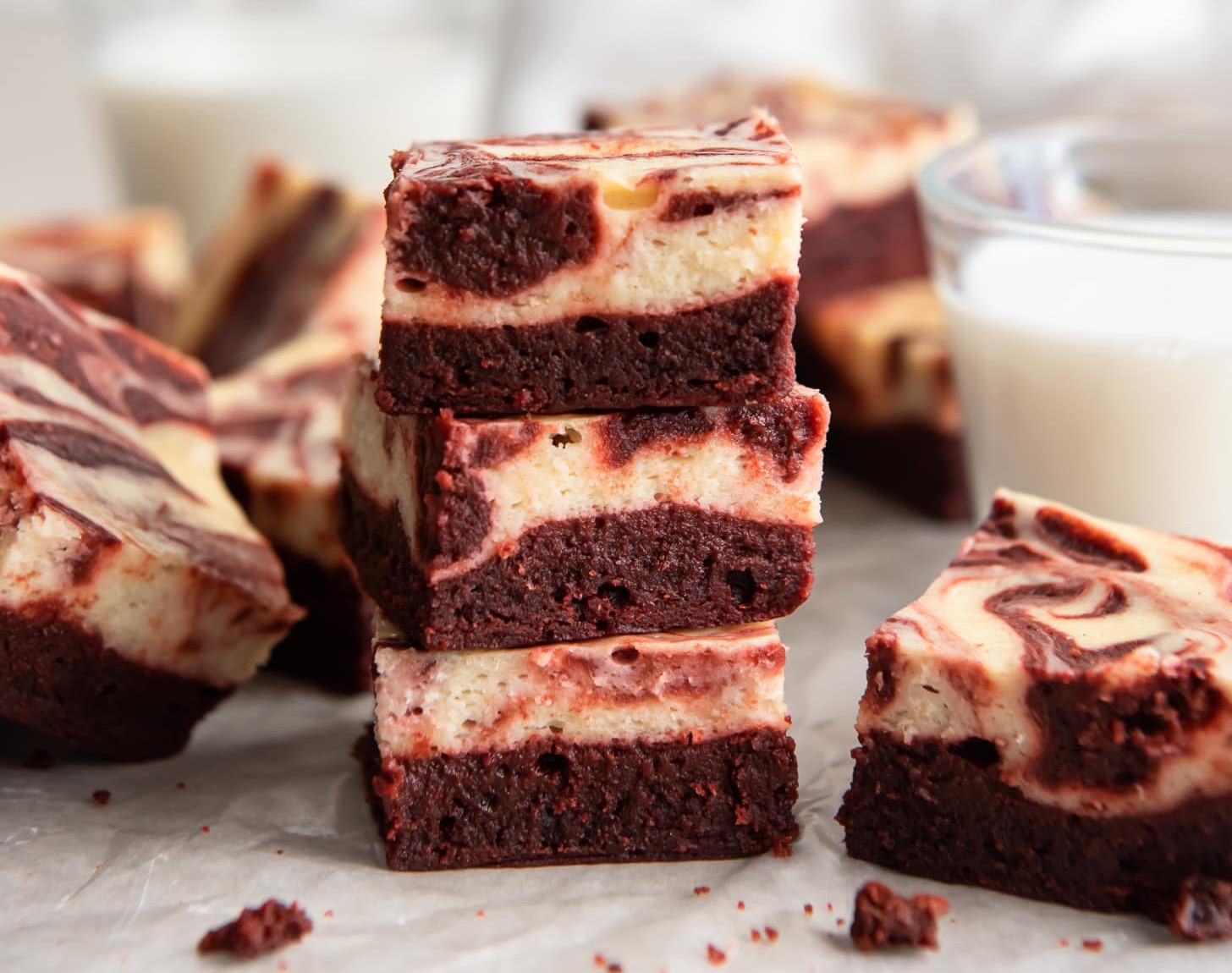
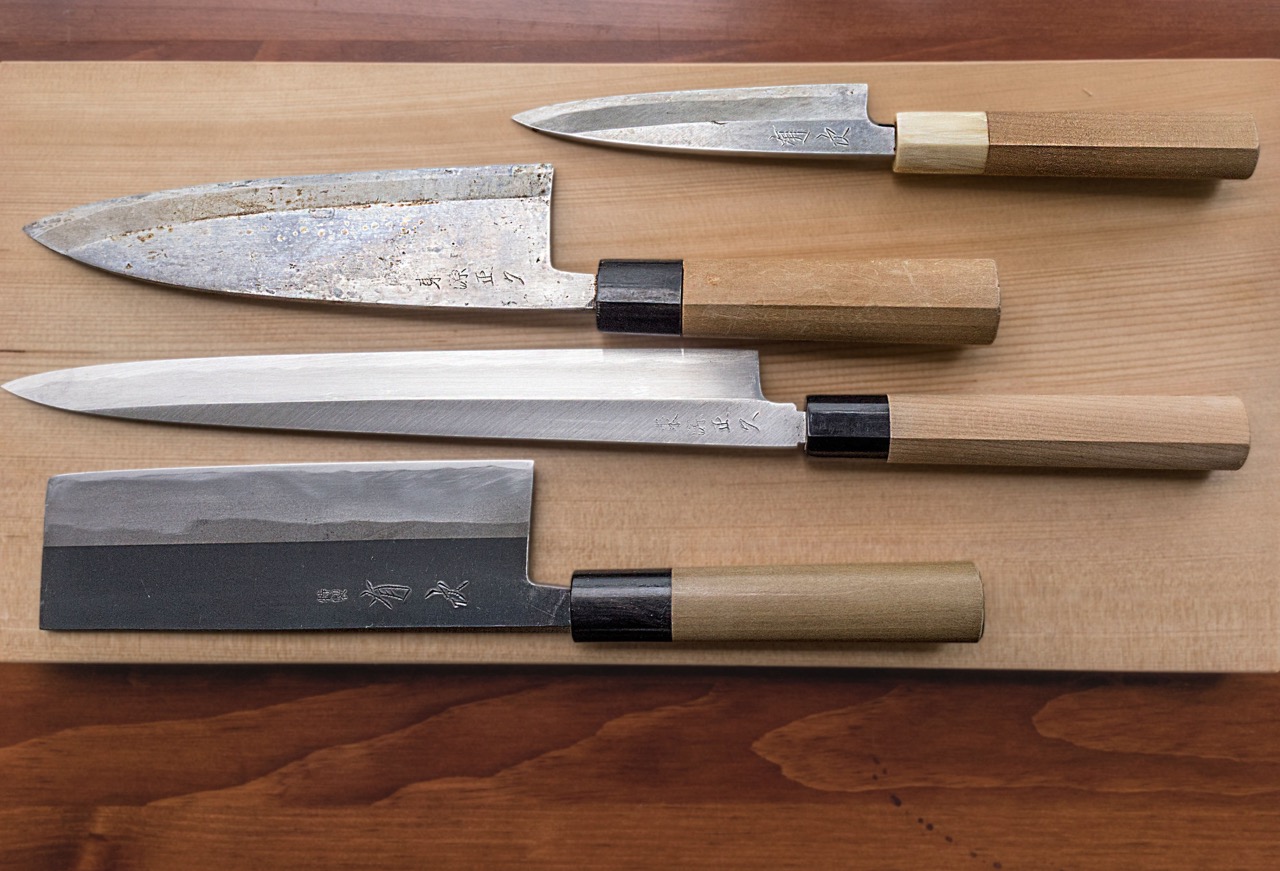
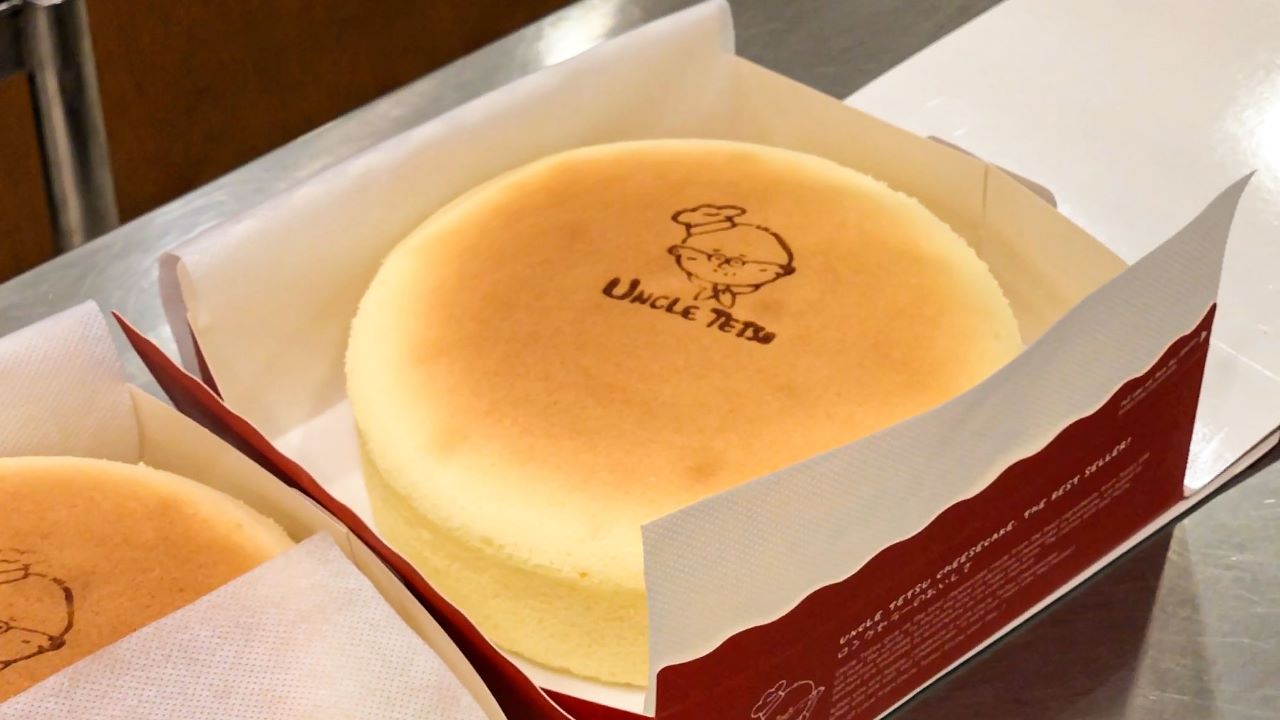

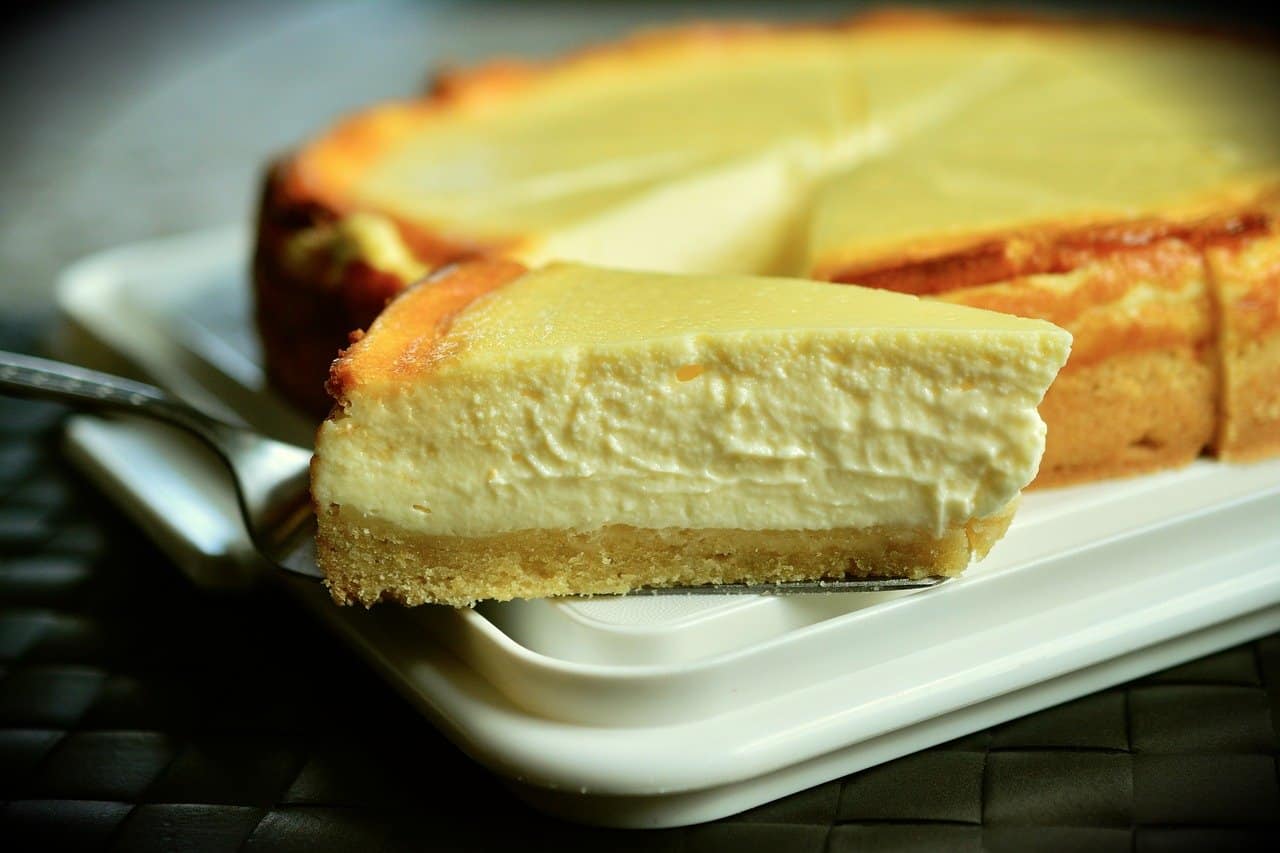


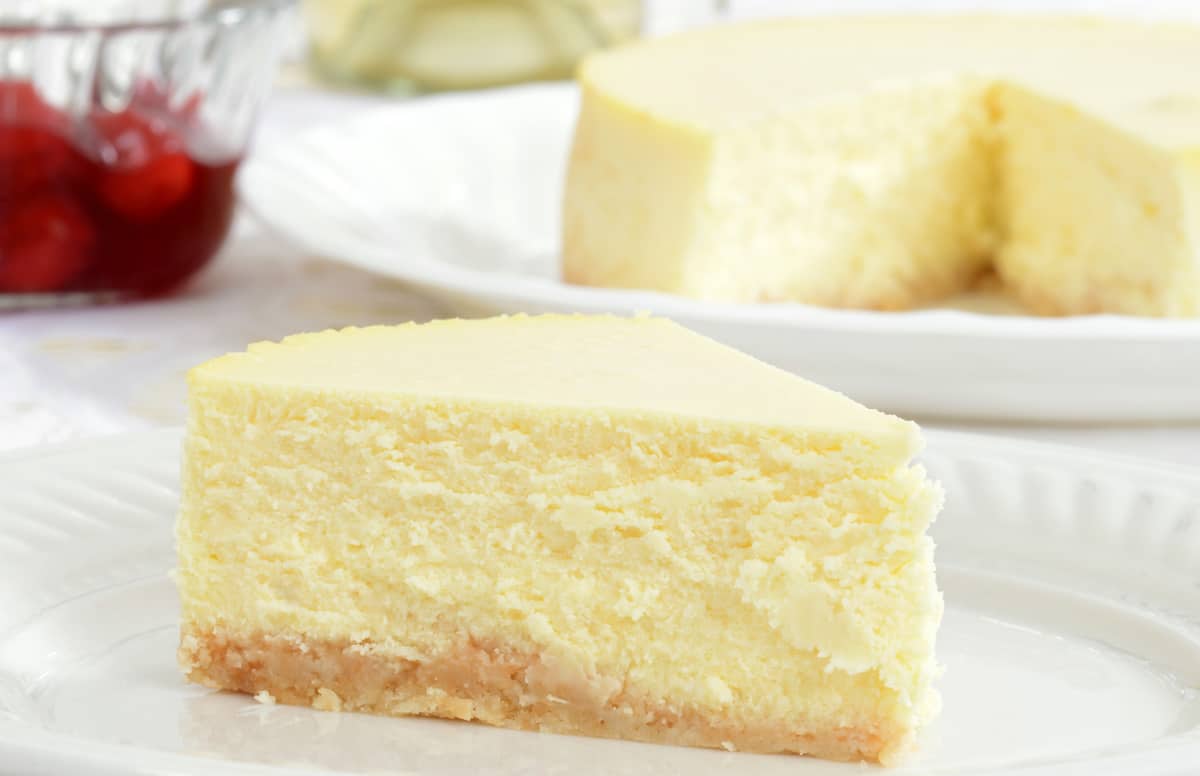




0 thoughts on “How To Store Japanese Cheesecake”